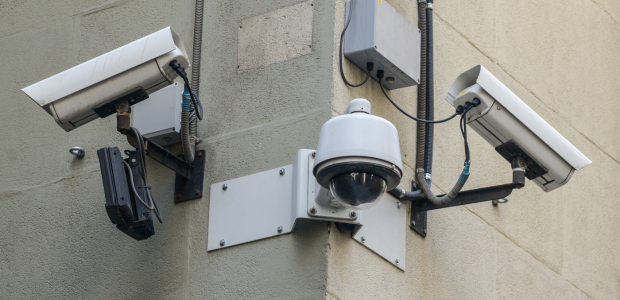Fire Evacuation Tips: Common Mistakes to Avoid

- February 02, 2025
- Interface Digital
Fire emergencies can strike without warning, and the ability to evacuate safely depends on knowing fire safety do’s and don’ts. The biggest mistake is that many people don't know what to do in a fire emergency. These mistakes can jeopardize their safety and the safety of others. By understanding these pitfalls and adhering to fire evacuation tips, you can increase your chances of escaping a fire incident unharmed.








